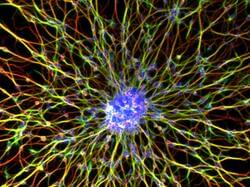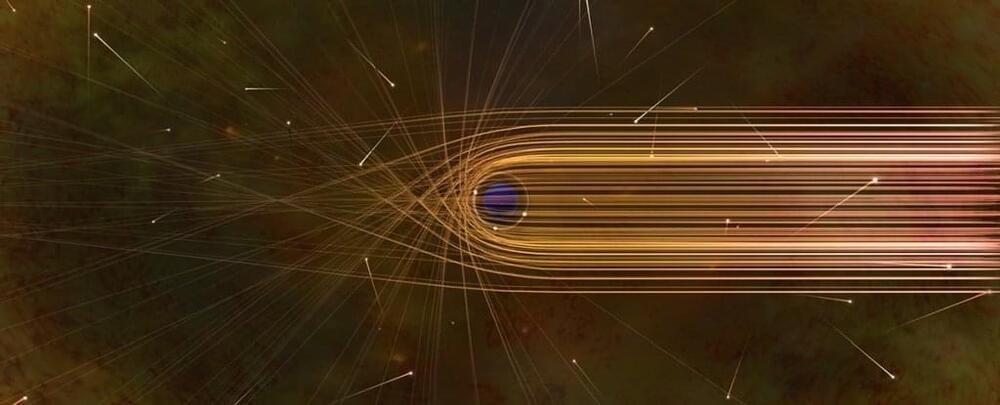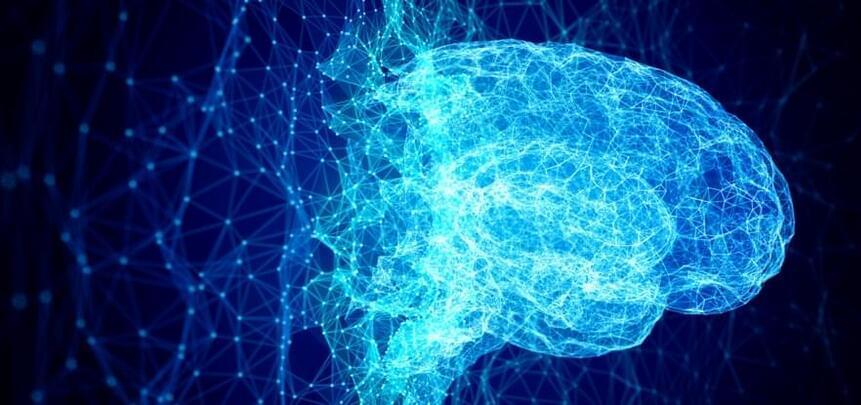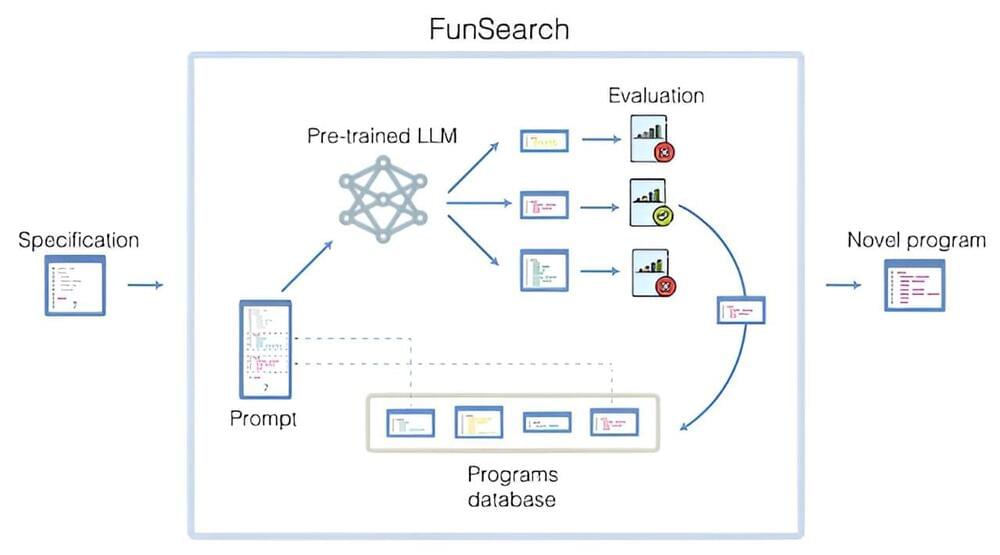Dec 19, 2023
Hybrid Biocomputer Fuses Human Brain Tissue With Computer Chips
Posted by Dan Breeden in categories: biotech/medical, cyborgs, information science, mathematics, robotics/AI
Scientists have fused human brain tissue to a computer chip, creating a mini cyborg in a petri dish that can perform math equations and recognize speech.
Dubbed Brainoware, the system consists of brain cells artificially grown from human stem cells, which have been fostered to develop into a brain-like tissue. This mini-brain organoid is then hooked up to traditional hardware where it acts as a physical reservoir that can capture and remember the information it receives from the computer inputs.
The researchers wanted to explore the idea of exploiting the efficiency of the human brain’s architecture to supercharge computational hardware. The rise of artificial intelligence (AI) has massively increased the demand for computing power, but it’s somewhat limited by the energy efficiency and performance of the standard silicon chips.


















